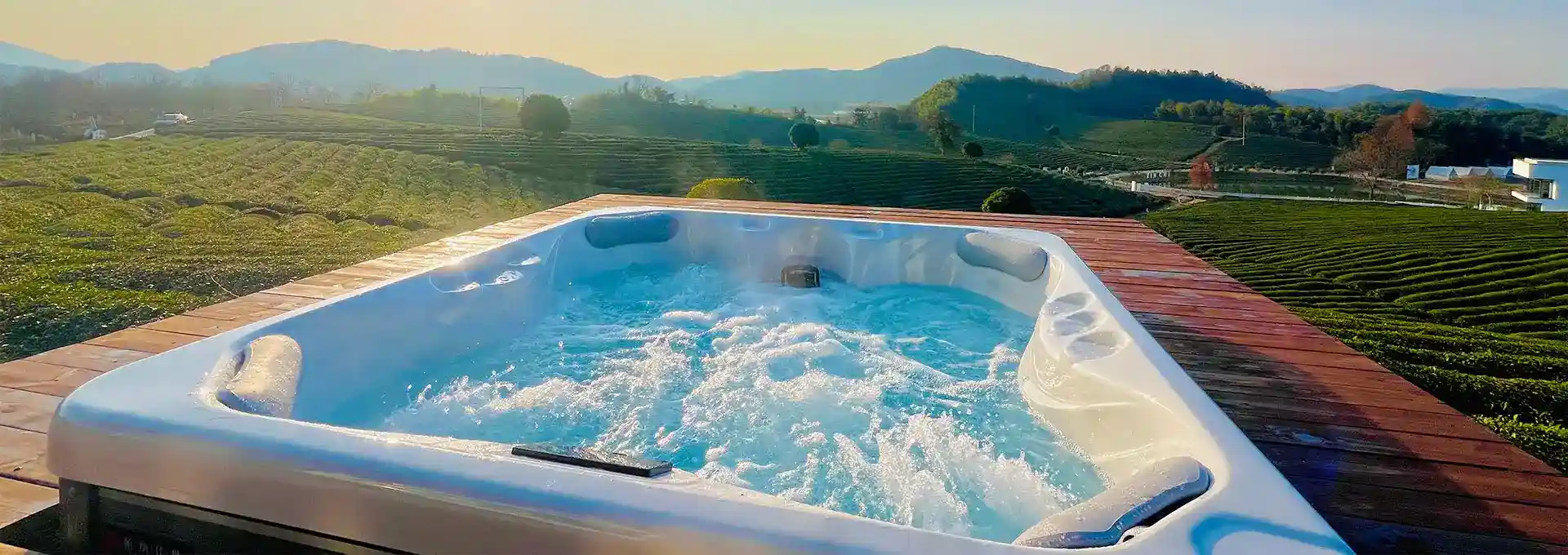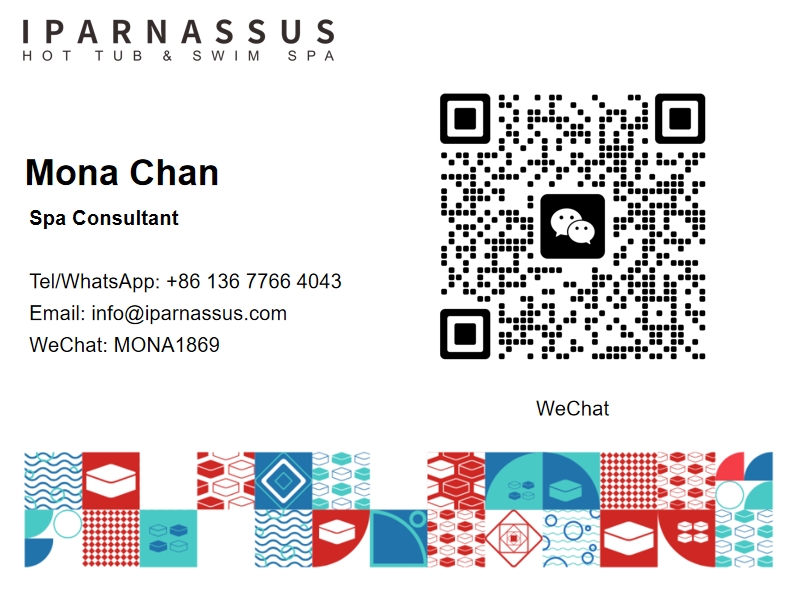How Old Can a Baby Be in a Swim Spa?
2024-10-14 15:16:54
Introducing your baby to the soothing waters of your backyard swim spa can be a truly enchanting experience, offering a unique opportunity for bonding and facilitating early water familiarization. Nevertheless, it is imperative to carefully assess the appropriate age for such an endeavor, alongside implementing rigorous safety measures to ensure your little one's well-being.
In this blog post, we will meticulously examine the recommended age guidelines for infants enjoying time in swim spas, highlighting essential considerations every parent should keep in mind. Additionally, we will outline critical safety precautions designed to mitigate any potential risks, which is vital for creating a secure aquatic environment.
Beyond safety, we will also explore the myriad benefits that early exposure to water can provide, such as enhancing comfort in aquatic settings, developing buoyancy skills, and nurturing a lifelong love for swimming. Conversely, we will address the potential risks involved, including drowning hazards and temperature-related concerns. By equipping parents with detailed insights into these important aspects, we aim to empower them to make well-informed decisions about their baby's introduction to swim spas, ultimately fostering a joyful and enriching experience for both parents and their children.
What Are the Age Guidelines for Babies in Swim Spas?
Determining the appropriate age for introducing a baby to a swim spa is a nuanced subject that frequently sparks conversation among parents and pediatricians alike. Expert recommendations suggest that while some infants may be ready for water exposure as early as six months, it is essential to consider various factors that influence individual readiness.
In this section, we will explore the professional guidelines that outline the minimum age for safe swim spa usage by babies. Additionally, we will highlight the significance of developmental milestones, such as head and neck control, which are critical indicators of a child’s capability to engage in water activities safely.
Moreover, readiness is not solely based on age; each child develops at their own pace. Therefore, parents should attentively observe their child's comfort level with water and ensure that they display eagerness rather than apprehension when it comes to aquatic experiences. By understanding these age guidelines and readiness indicators, parents can make informed decisions that prioritize safety while also fostering a positive relationship between their child and water from an early age.
How Can You Ensure a Baby's Safety in a Backyard Swim Spa?
When it comes to the safety of babies engaging in water activities, vigilance is absolutely essential. This section aims to serve as an extensive guide to safeguarding your little one while enjoying a swim spa. Key elements include the appropriate selection of swim aids designed for infants, which can enhance buoyancy and provide support during aquatic play.
Equally crucial is the presence of responsible adult supervision; a dedicated caregiver should always be within arm's reach to monitor the baby closely and respond promptly to any needs or emergencies that may arise. Additionally, when setting up your swim spa, it's important to consider built-in safety features, such as secure covers and non-slip surfaces, which can significantly reduce the risk of accidents.
Moreover, regulating water temperature is vital; ideally, the water should be kept at a comfortable and safe level, as extreme temperatures can pose health risks to young children. Lastly, awareness of waterborne pathogens cannot be overlooked. Regular maintenance and proper sanitation measures are essential to keep the water clean and minimize any potential health hazards. By implementing these practices, parents can create a safe and enjoyable environment for their babies in the swim spa.
What Are the Benefits and Risks of Introducing Babies to Swim Spas?
Introducing babies to water at an early age can present both notable benefits and inherent risks, necessitating a thoughtful approach. On the positive side, early exposure to water can significantly enhance a child’s comfort and confidence in aquatic environments. This foundational familiarity can foster developmental skills, such as coordination and balance, while also promoting physical fitness through gentle, low-impact movements.
Furthermore, engaging in water activities can stimulate sensory experiences that are crucial for cognitive development. However, it is essential to also consider the potential risks associated with swim spa use for infants. For instance, there is a heightened risk of ear infections due to water exposure, particularly if proper precautions are not taken. Additionally, the ever-present dangers of drowning, even in seemingly shallow waters, cannot be ignored; constant adult supervision is paramount.
Moreover, skin irritation may occur from prolonged exposure to chlorinated water or other chemicals commonly found in swim spas. Therefore, while the advantages of introducing babies to swim spas are clear, it is crucial to balance these benefits with an understanding of the associated risks to ensure a safe and enjoyable experience.
Conclusion
Determining the appropriate age and method for introducing your baby to a swim spa is a deeply personal decision, one that merits thorough consideration of several critical factors, including safety, developmental readiness, and individual circumstances. Parents should prioritize creating a secure and welcoming environment, as this lays the foundation for a positive aquatic experience.
Consulting expert guidelines is essential; these recommendations provide valuable insights into the optimal age for initial exposure, as well as tips for ensuring safety during swim sessions. Understanding both the potential benefits—such as enhanced comfort in water and physical development—and the inherent risks, including drowning hazards and skin irritation, will empower parents to make informed choices.
Moreover, it is crucial to observe your child's reactions and comfort levels in the swim spa, as each child is unique. By balancing safety measures with a focus on enjoyable interaction in the water, parents can facilitate a nurturing introduction to swim spas that promotes both fun and developmental growth. Ultimately, informed decision-making, founded on research and attention to individual needs, will lead to enriching experiences for both parent and child.
For more information on hot tub installations and to find out more about our products, please feel free to contact us at info@iparnassus.com.
References
1. [American Academy of Pediatrics - Drowning Prevention]
2. [Baby Swimming Safety Guidelines]
3. [Age Appropriateness for Swim Spa Use]
4. [Water Safety for Infants and Toddlers]
5. [Benefits of Early Water Familiarization]
6. [Risks Associated with Baby Swim Spa Use]
7. [Safe Water Temperatures for Babies]
8. [Choosing the Right Swim Aid for Babies]
9. [Supervision and Safety in Swim Spas]
10. [Pediatrician Recommendations for Baby Swim Spa Use]



